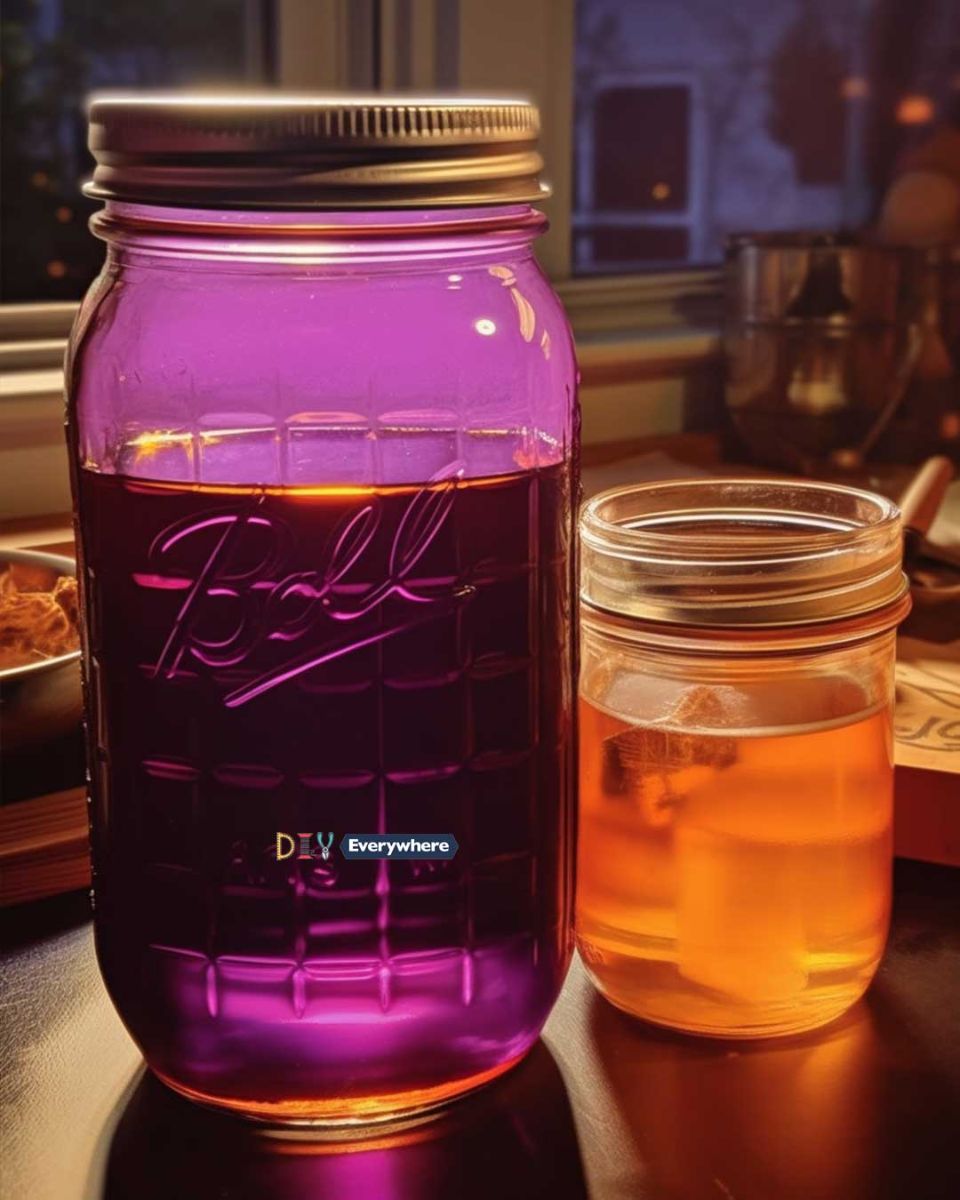What Does Purple Honey Mean?
Purple honey is a testament to the unique biodiversity and ecological richness of the Sandhills region. It serves as a visual representation of the local flora, as the color of the honey directly reflects the plants from which the bees gathered nectar. While the primary significance of purple honey lies in its natural wonder, it also holds cultural and economic value for the region.
Culturally, purple honey is a source of pride for the people of North Carolina. It has become a symbol of the Sandhills’ natural beauty and serves as a connection between the community and the environment.
Economically, purple honey has gained popularity among connoisseurs and collectors of rare and artisanal honeys. It often commands a premium price due to its scarcity and unique flavor profile, making it a valuable commodity for local beekeepers and honey producers.
Is Purple Honey Different Than Normal Honey, and Does It Taste Different?
Purple honey is indeed different from the conventional, clear honey that most people are accustomed to. While the primary difference is its color, there are also distinctions in flavor and composition.
Color: As the name suggests, the most apparent difference is the purple hue of the honey. The color can range from a light lavender to a deep, rich purple, depending on the specific plants the bees foraged on.
Flavor: Purple honey is known for its unique flavor profile, which often combines the sweetness of traditional honey with subtle fruity and floral notes. The presence of anthocyanins may impart a mild, berry-like undertone to the honey.
Composition: In terms of nutritional composition, purple honey retains the health benefits of traditional honey, such as its natural sugars, antioxidants, and antimicrobial properties. However, the specific anthocyanins present in the honey may provide additional antioxidant benefits.
Conclusion
Purple honey in the Sandhills of North Carolina is a natural wonder born from the rich diversity of native plants and the industrious work of honeybees. Its deep purple color, unique flavor, and potential health benefits make it a treasure both locally and in the wider world of honey enthusiasts. It stands as a testament to the intricate relationship between pollinators, plants, and the environment, highlighting the beauty and wonder that can be found when humans and nature coexist harmoniously.
ADVERTISEMENT

